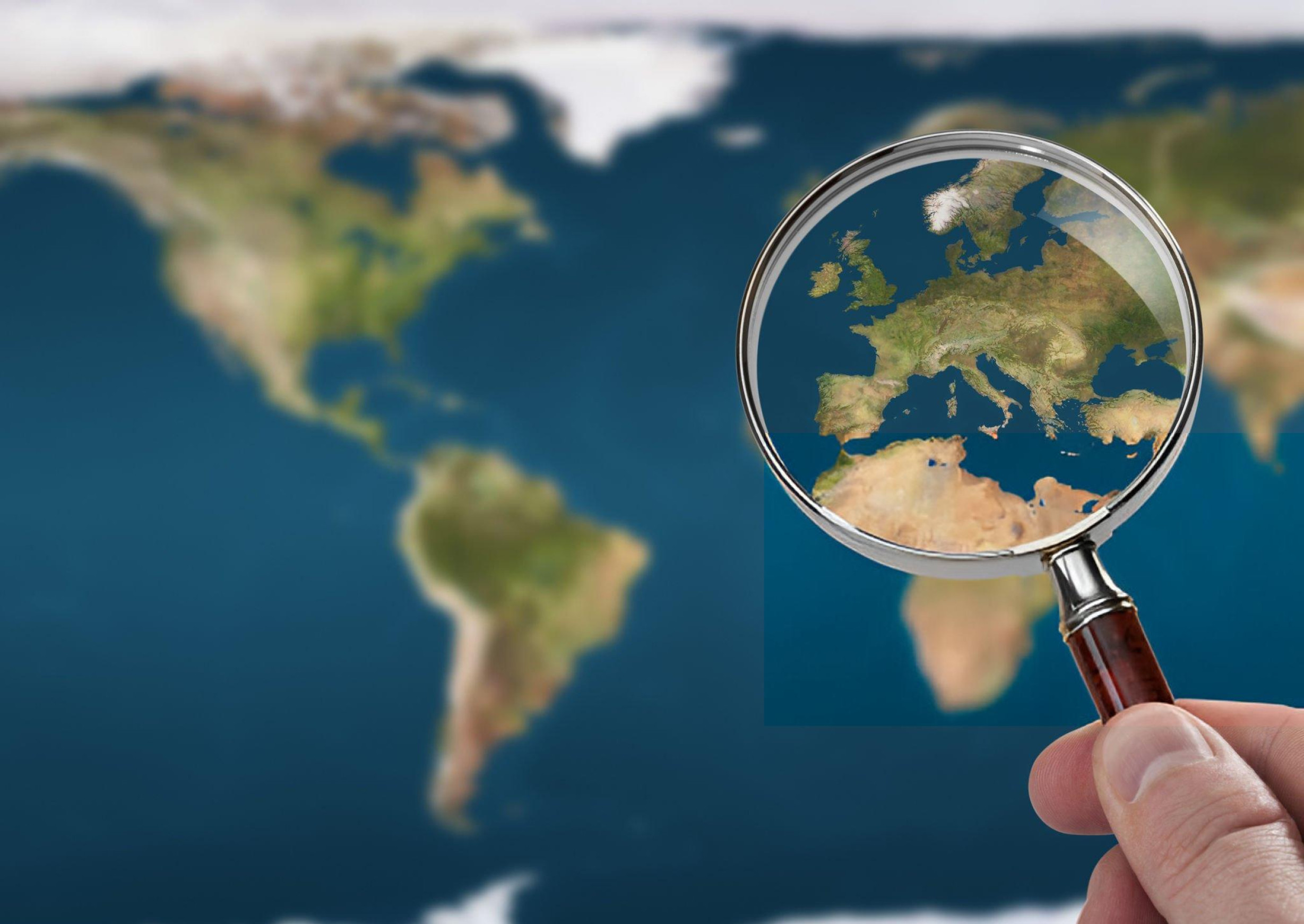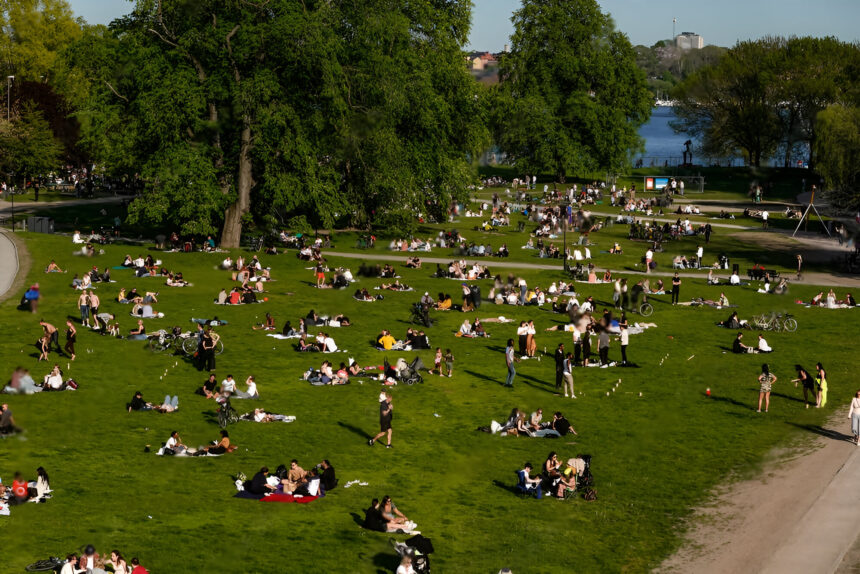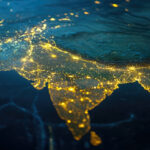When we think of geography, most people imagine maps, countries, and capital cities. But geography is far more than just memorizing locations. It’s the hidden force shaping how we live, move, shop, and work—and even what we eat. In fact, geography is woven into our everyday lives in ways we often overlook.
In this blog post, we’ll uncover the hidden geographic patterns that influence everything from your morning coffee to your daily commute. Whether you’re a student, teacher, traveler, or curious thinker, this post will help you see the world through a whole new lens.
What Is Geography, Really?
Geography is the study of places, spaces, and how people interact with their environments. It includes both physical geography (like landforms, climate, and ecosystems) and human geography (like cities, cultures, economics, and migration).
But more importantly, geography helps us recognize patterns—those often invisible trends that explain why certain things happen in specific places.
Hidden Patterns of Geography in Daily Life
Let’s explore some powerful examples of how geography silently shapes your routine:

1. Your Commute and Urban Planning
Ever wonder why your city has traffic in specific areas at the same times every day? That’s geographic patterning in action. Roads, public transport routes, and even where homes and offices are built depend on urban geography and spatial analysis.
2. Weather and Climate Influence
Why do you wear a jacket in one city and shorts in another—even in the same season? The answer lies in regional geography and climate zones. These patterns affect not just clothing, but also agriculture, architecture, and even energy consumption.
3. Food Choices and Agricultural Geography
Where your food comes from is tied to geographic conditions. Bananas thrive in tropical zones. Wheat is a staple in temperate regions. Geography influences crop production, food prices, and local diets around the world.
4. Retail and Marketing Strategies
Why is your favorite coffee shop located where it is? Businesses use geospatial data to choose the best spots for stores, targeting areas with high foot traffic or specific demographics.
5. Cultural Landscapes and Language
The signs you read, the festivals you celebrate, and the languages you hear—all are part of cultural geography. These patterns tell stories of migration, colonization, and local identity.
Why These Patterns Matter
Understanding geographic patterns can help you:
-
Make smarter travel and housing decisions
-
Understand global news and conflict better
-
Predict economic and environmental trends
-
Appreciate the diversity of human life and landscapes










